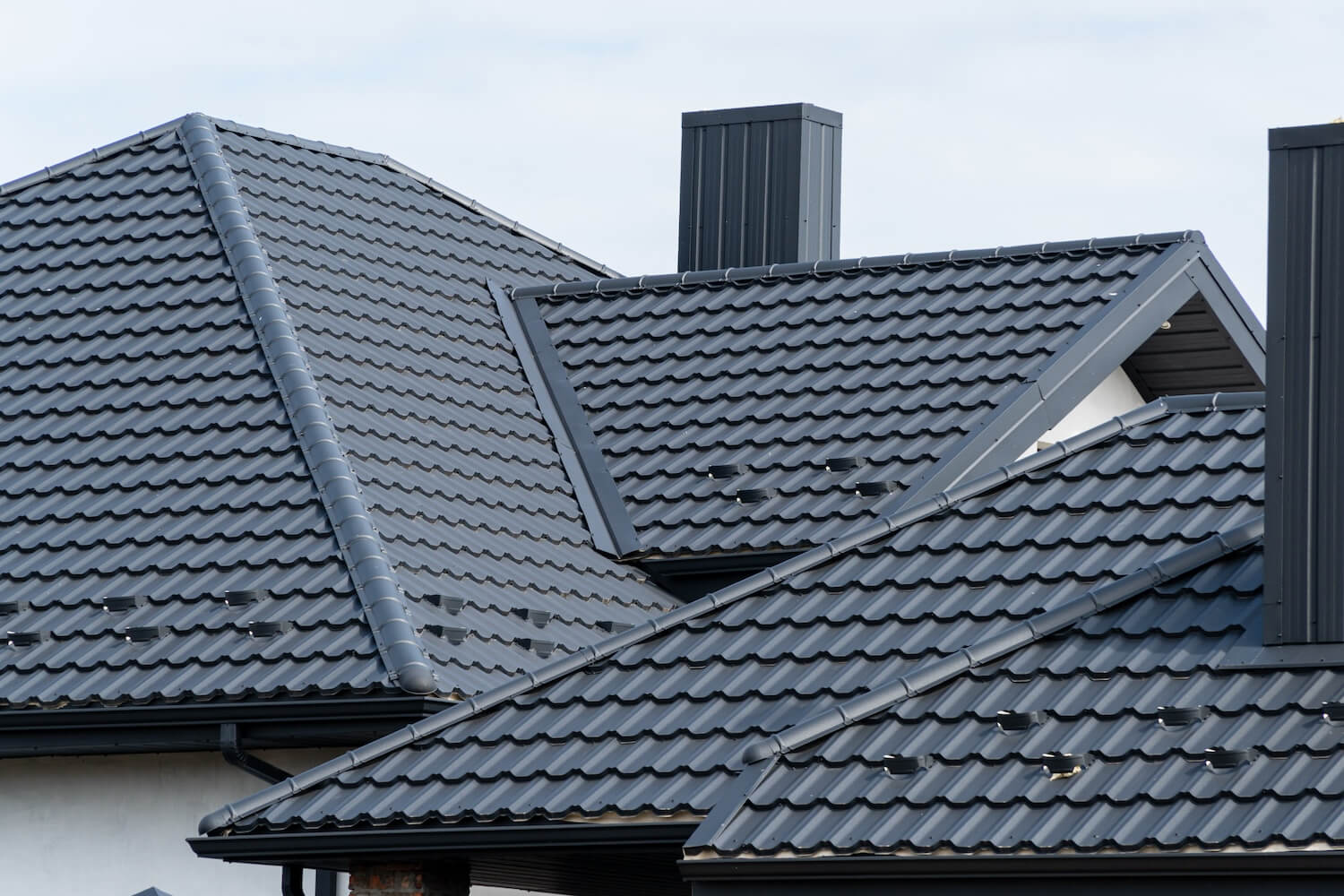A home’s roof does more than just enhance curb appeal—it acts as the primary shield protecting the structure and everyone inside. Over time, however, exposure to heat, rain, and wind can cause wear that weakens this essential barrier. Neglecting minor damage often leads to costly repairs and safety concerns. Roof restoration provides a way to rejuvenate the strength and performance of your roofing system without requiring a complete replacement. Through cleaning, repair, and reinforcement, it enhances protection against fires, improves structural stability, and ensures reliable weatherproofing. We will explore how roof restoration significantly improves home safety in these three vital areas.
Key Ways Roof Restoration Enhances Home Safety
1. Improved Fire Resistance through Material Treatment and Surface Renewal
One of the most overlooked aspects of roof safety is its ability to resist fire. Roof restoration can make a remarkable difference in reducing the spread of flames and preventing potential disasters. During restoration, professionals often apply fire-resistant coatings and sealants that create a protective layer across the roof’s surface. These coatings help slow down ignition time and minimize flame spread in the event of an external fire threat, such as airborne embers or nearby brush fires.
Restoring an old or deteriorated roof also allows for the replacement of cracked tiles, damaged flashing, or worn shingles—elements that could otherwise leave gaps for embers to enter. Additionally, cleaning away accumulated debris such as dry leaves and branches removes flammable materials that could easily ignite under intense heat. In areas prone to wildfires or high temperatures, these preventive measures are vital. Skilled roofers in Randwick often emphasize the importance of such restorations, ensuring each surface is treated and reinforced for safety. Roof restoration doesn’t just make the roof look newer; it fortifies it against hazards that can threaten both property and lives.
2. Enhanced Structural Stability and Load-Bearing Strength
A strong and stable roof is the backbone of a safe home. Over the years, weather exposure and aging materials can compromise structural integrity, making the roof vulnerable to sagging, leaks, and collapse under heavy weight. Roof restoration directly addresses these issues by repairing damaged sections, reinforcing weak areas, and replacing corroded or decayed materials. This process often includes re-bedding and re-pointing ridge caps, sealing joints, and tightening structural elements that keep the roof secure.
By eliminating cracks and breaks that allow water to penetrate, restoration also prevents rot from spreading to rafters and beams—key components responsible for supporting the roof’s load. For homes in regions that experience heavy rainfall or occasional snow, restoring the roof’s strength ensures it can safely bear additional weight without deforming. Structural stability also helps distribute stress evenly across the roofline, reducing strain on the house’s foundation. In short, roof restoration restores the harmony between all structural elements, giving homeowners confidence that their roof can withstand the test of time and nature’s pressures.
3. Weatherproofing to Defend Against Rain, Wind, and Moisture Damage
Weatherproofing is one of the most significant advantages of roof restoration. A weatherproof roof ensures that rain, hail, wind, and even UV rays cannot compromise a home’s comfort or safety. Over time, roof coatings and sealants deteriorate, making the structure vulnerable to leaks and moisture buildup. Through restoration, damaged surfaces are repaired, and a fresh layer of protective coating is applied. This seals any small openings where water could seep in, effectively preventing mold growth, ceiling stains, and wood decay. The coating also serves as a thermal barrier, reflecting sunlight and reducing internal heat absorption, thereby enhancing energy efficiency.
During storms, properly restored roofs offer stronger wind resistance, as loose tiles, shingles, and flashing are replaced or secured. This minimizes the risk of tiles being lifted off or displaced during high winds. Moreover, modern restoration materials are designed to handle the changing climate, offering enhanced elasticity and resistance to cracking under temperature fluctuations. A weatherproof roof not only protects the physical structure but also ensures a safer, healthier indoor environment for the household.
4. Preventing Costly Damage and Long-Term Safety Risks
Restoring a roof is not just about maintaining aesthetics—it is a proactive step toward preventing accidents and expensive damage. Leaks, loose tiles, and structural weaknesses can cause water to infiltrate walls and ceilings, leading to mold growth and electrical hazards. Roof restoration helps prevent such issues by addressing vulnerabilities early. Replacing corroded metal sheets, sealing edges, and cleaning gutters ensures proper water drainage and reduces pressure on load-bearing components. In addition, restoration often includes inspections to detect hidden damage such as termite activity or weakened insulation that could compromise safety.
By ensuring every part of the roof functions as intended, homeowners can avoid future emergencies such as ceiling collapses or short circuits caused by water intrusion. Over time, maintaining a restored roof proves to be far more economical and secure than waiting for a complete replacement. It also enhances the overall resilience of the building, enabling it to withstand unpredictable weather events that could otherwise cause severe damage.
A roof’s condition plays a decisive role in protecting a home from external dangers such as fire, weather, and structural decay. Roof restoration strengthens this defense system by renewing materials, reinforcing weak areas, and applying advanced coatings that resist both environmental and fire-related threats. It enhances stability, promotes weatherproofing, and supports a safe indoor environment while increasing the home’s overall value. Regular maintenance and timely restoration can prevent costly repairs and hazardous incidents, offering long-term security and peace of mind. Ultimately, restoring your roof is more than a maintenance task—it’s a commitment to the safety, resilience, and longevity of your home.
